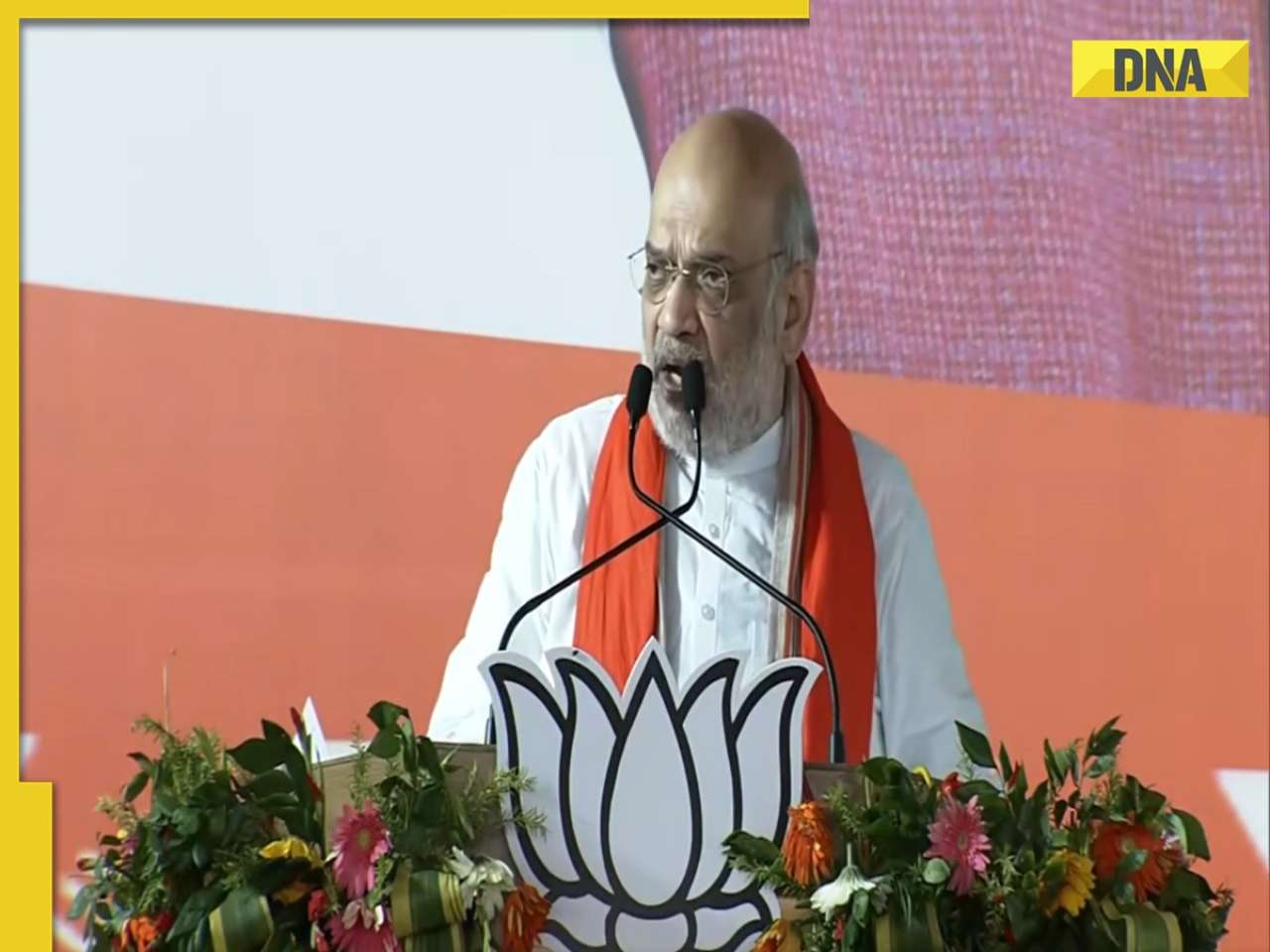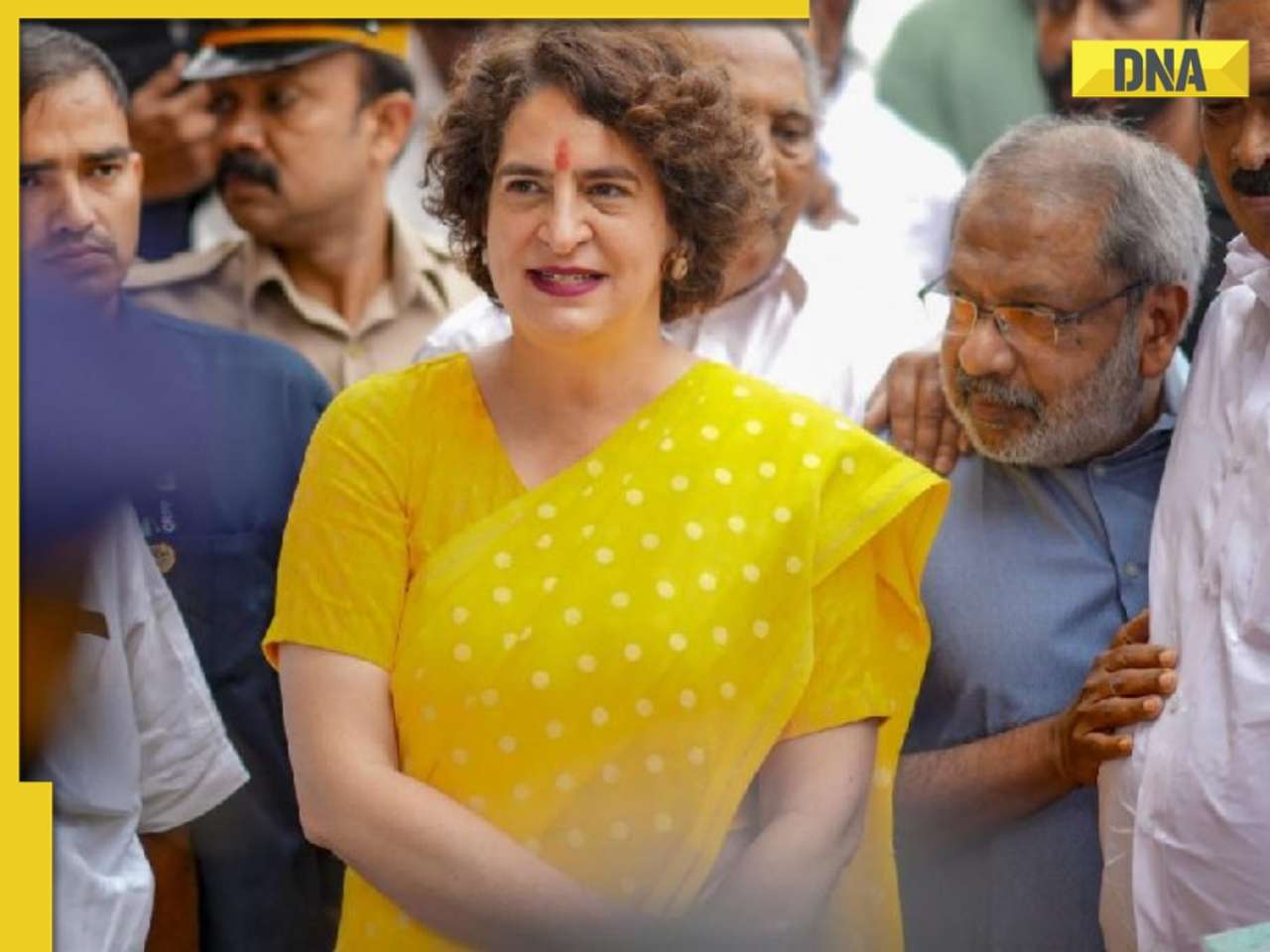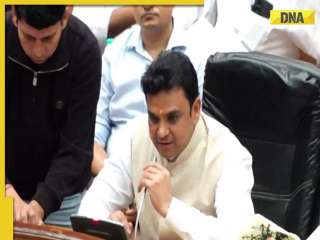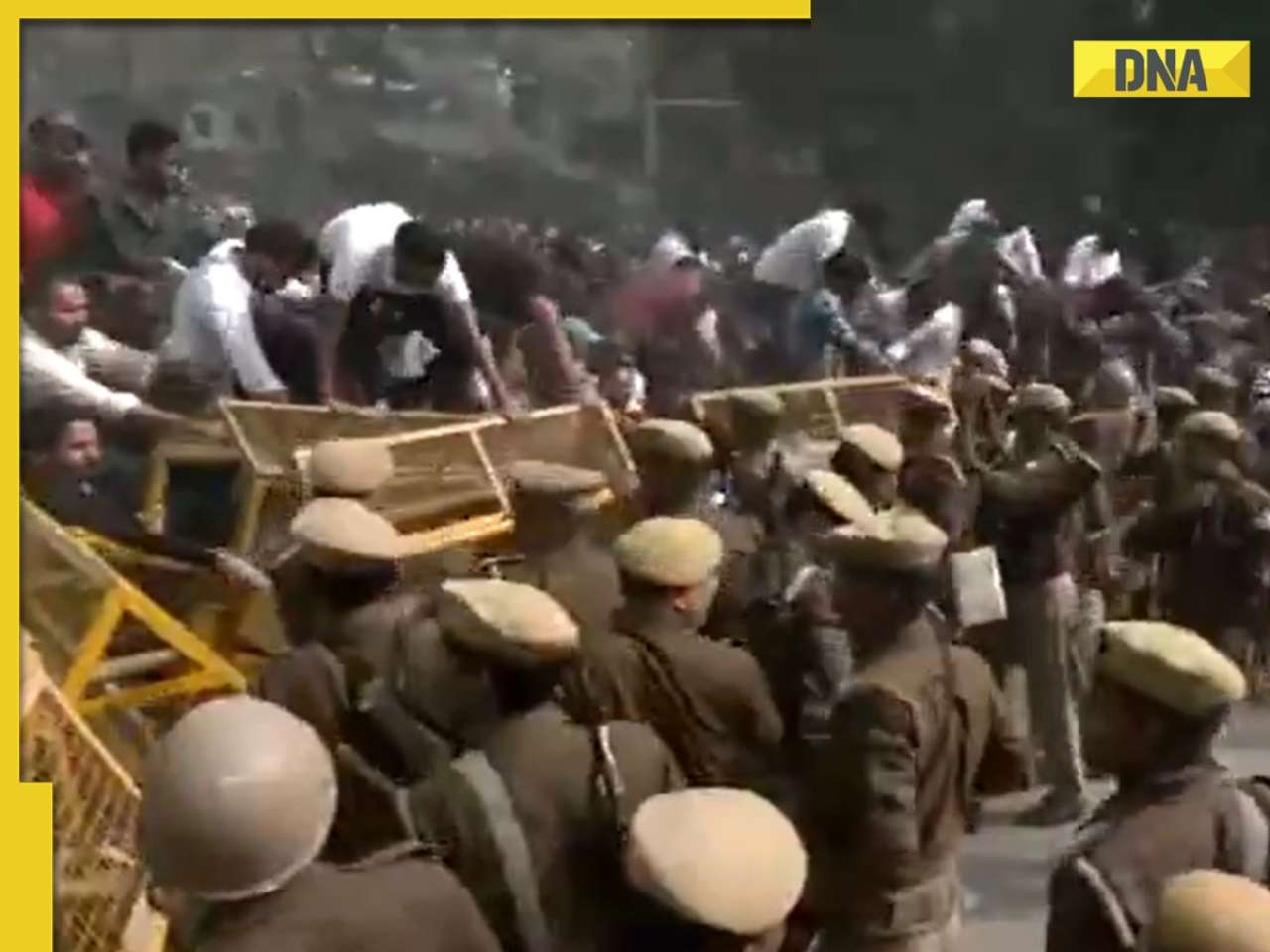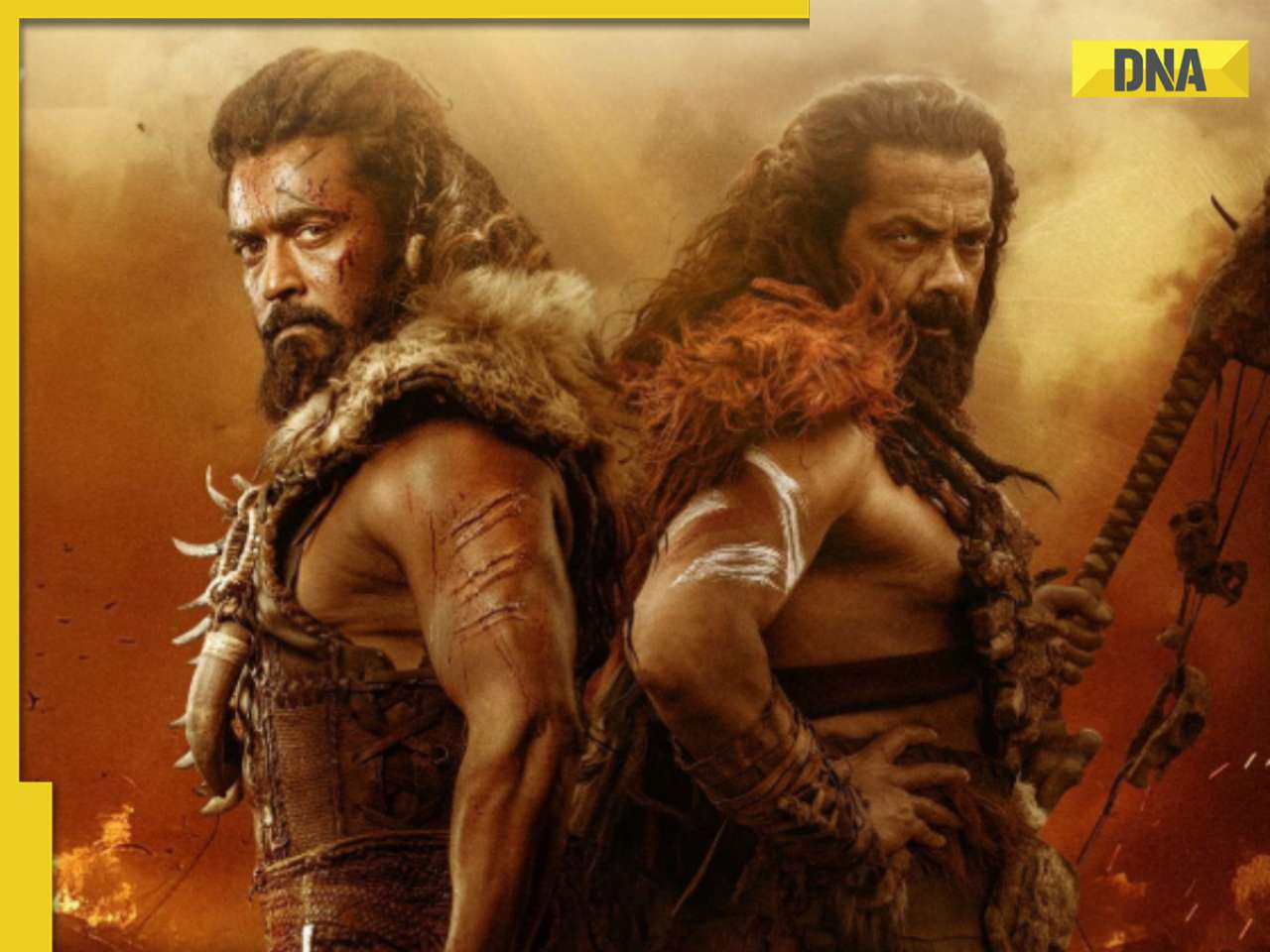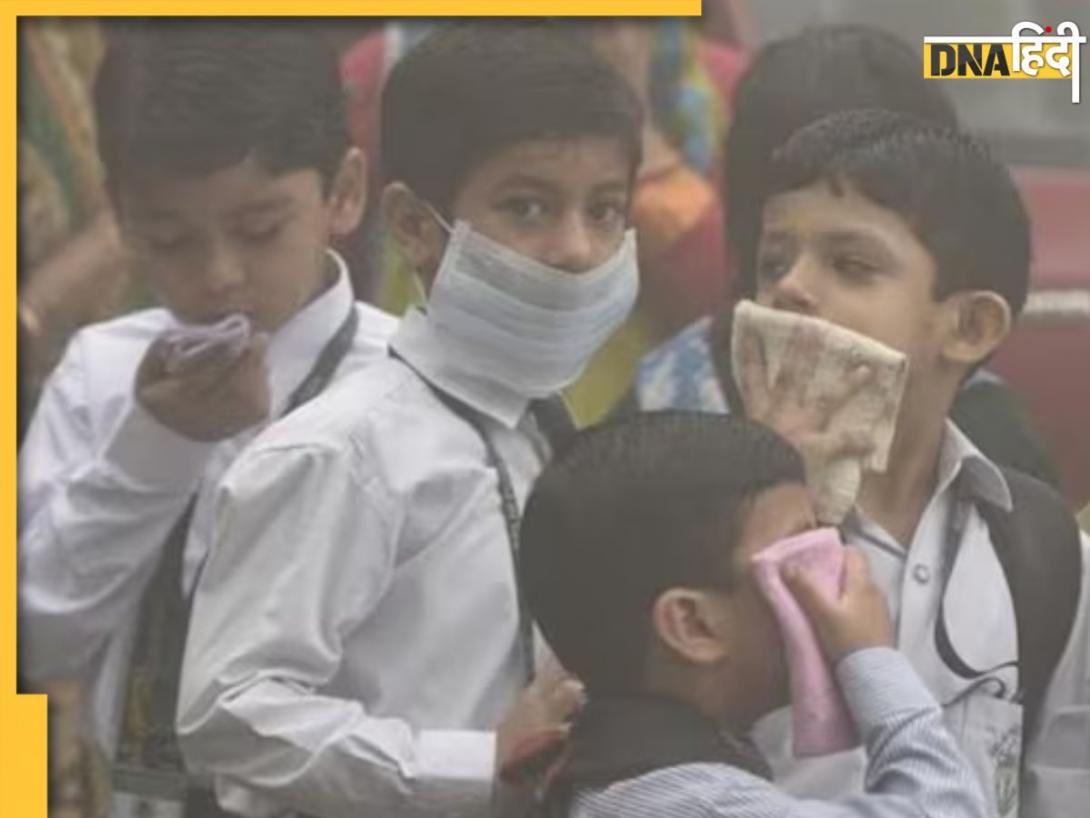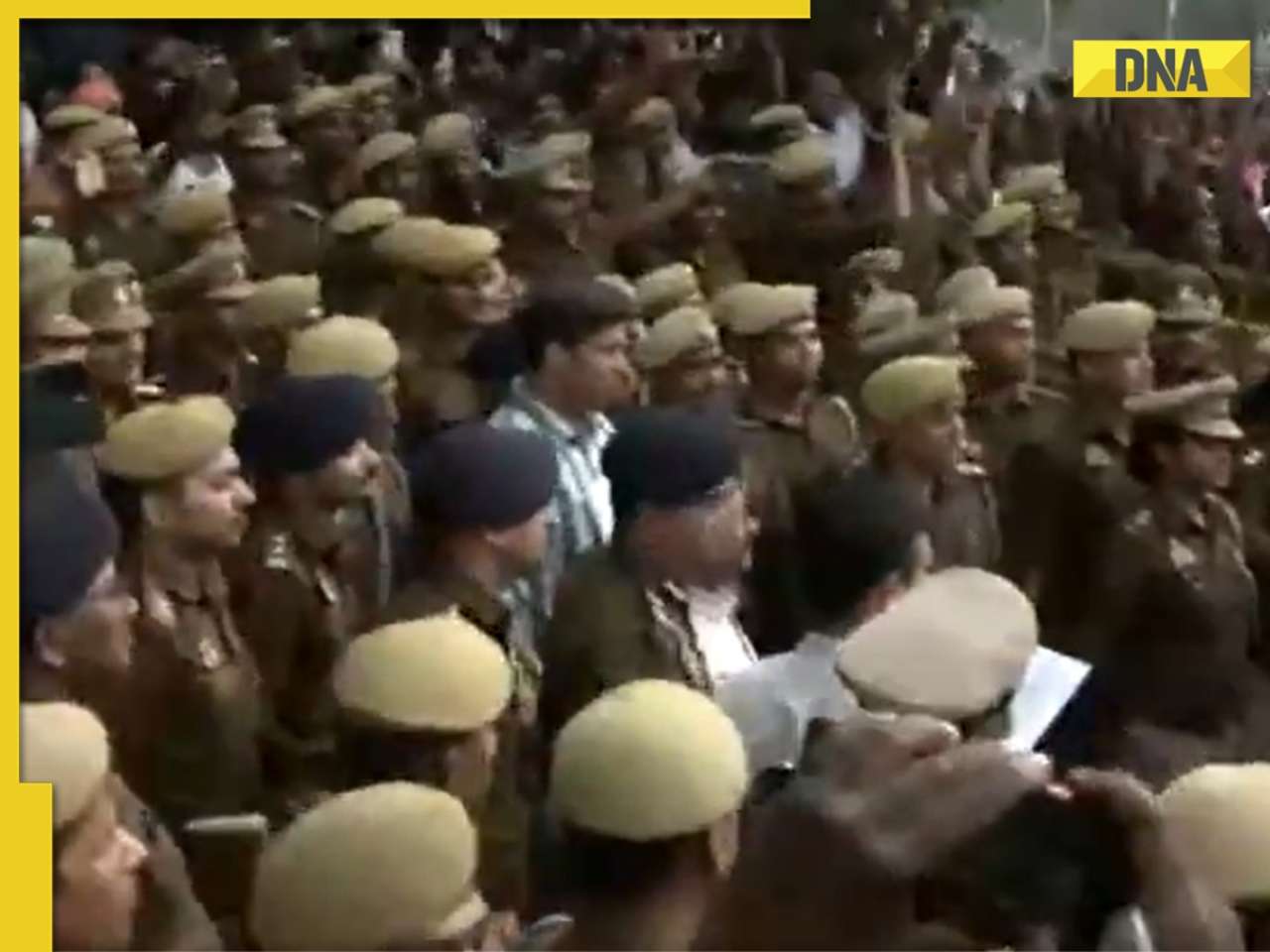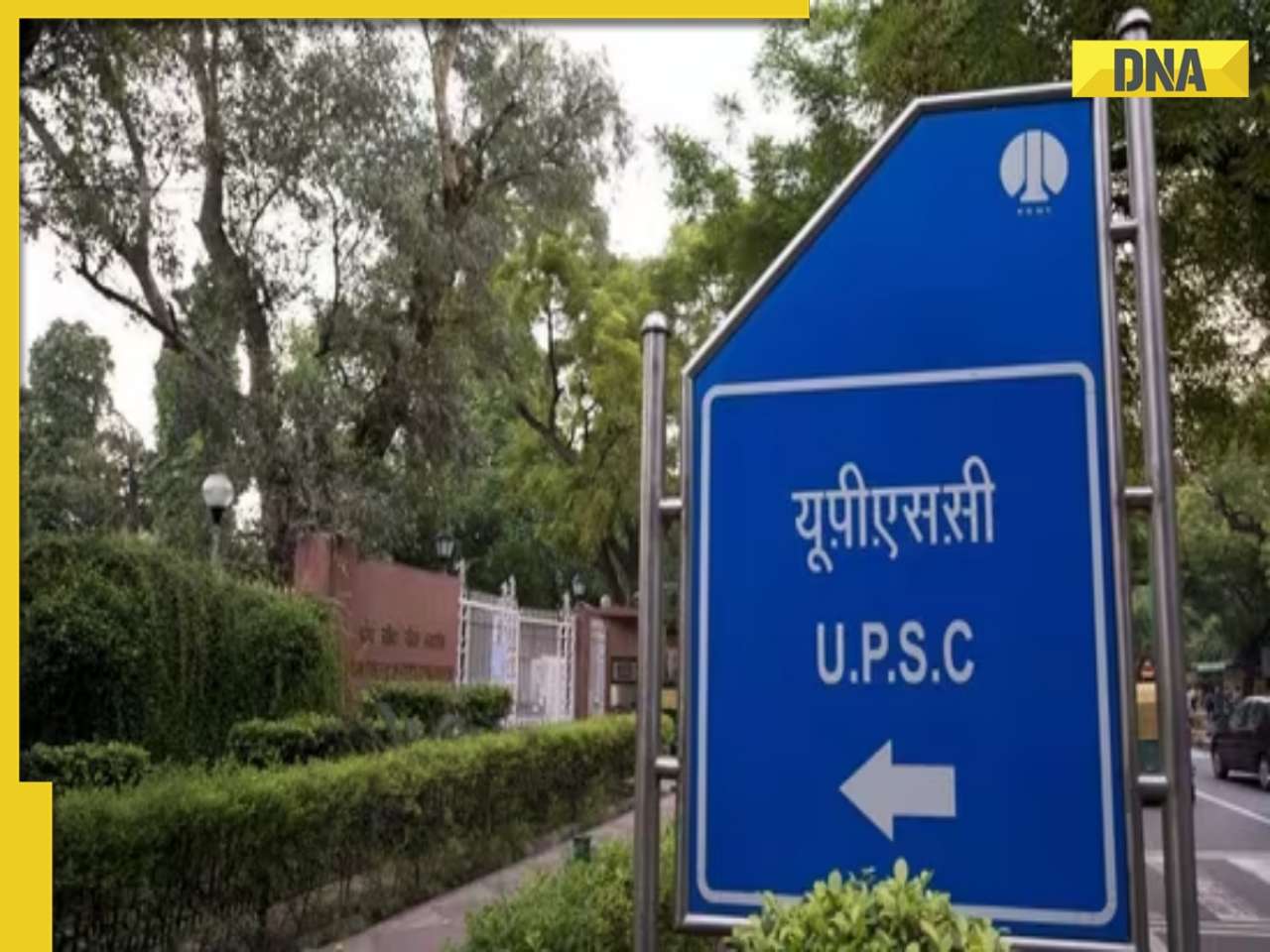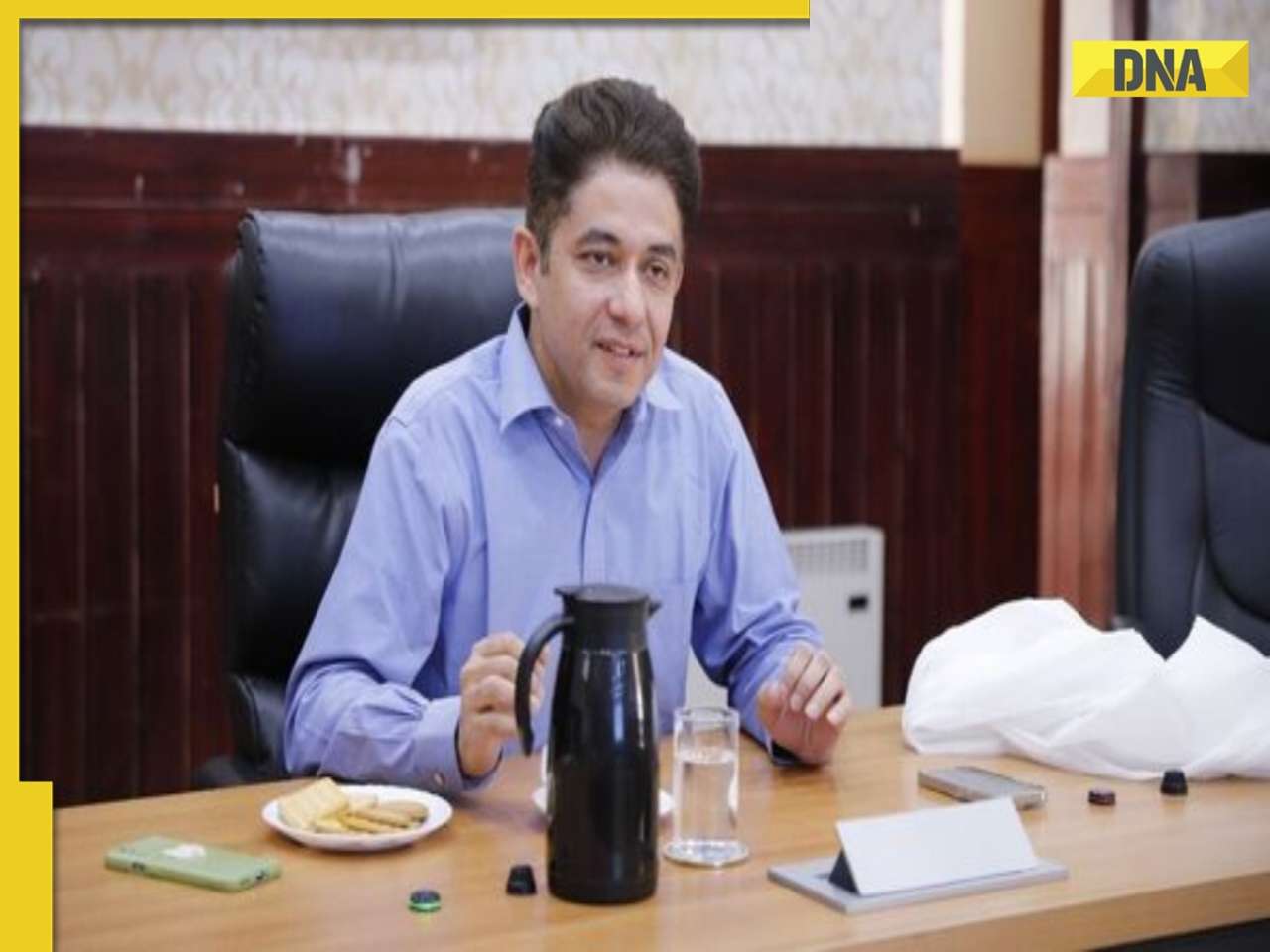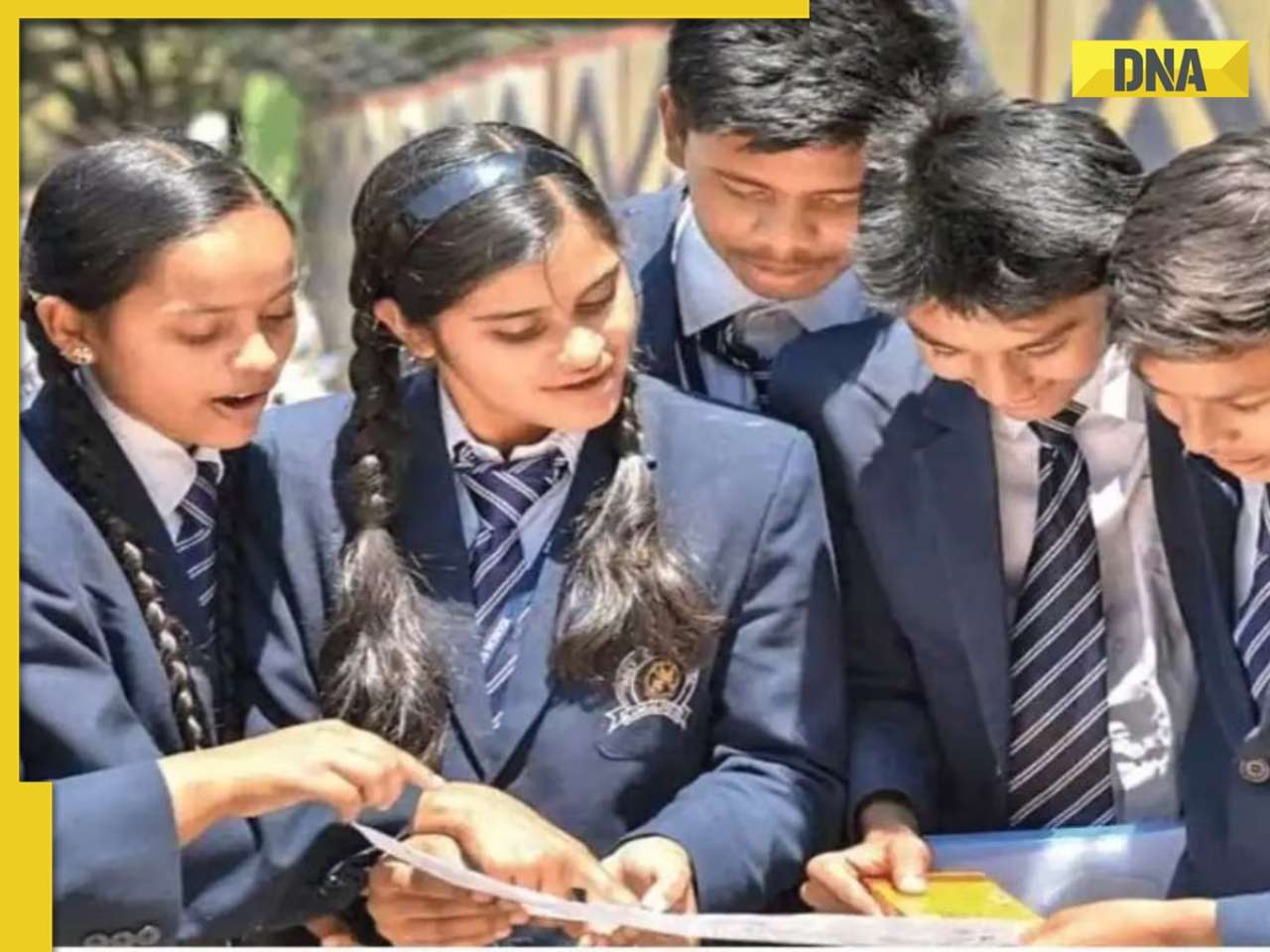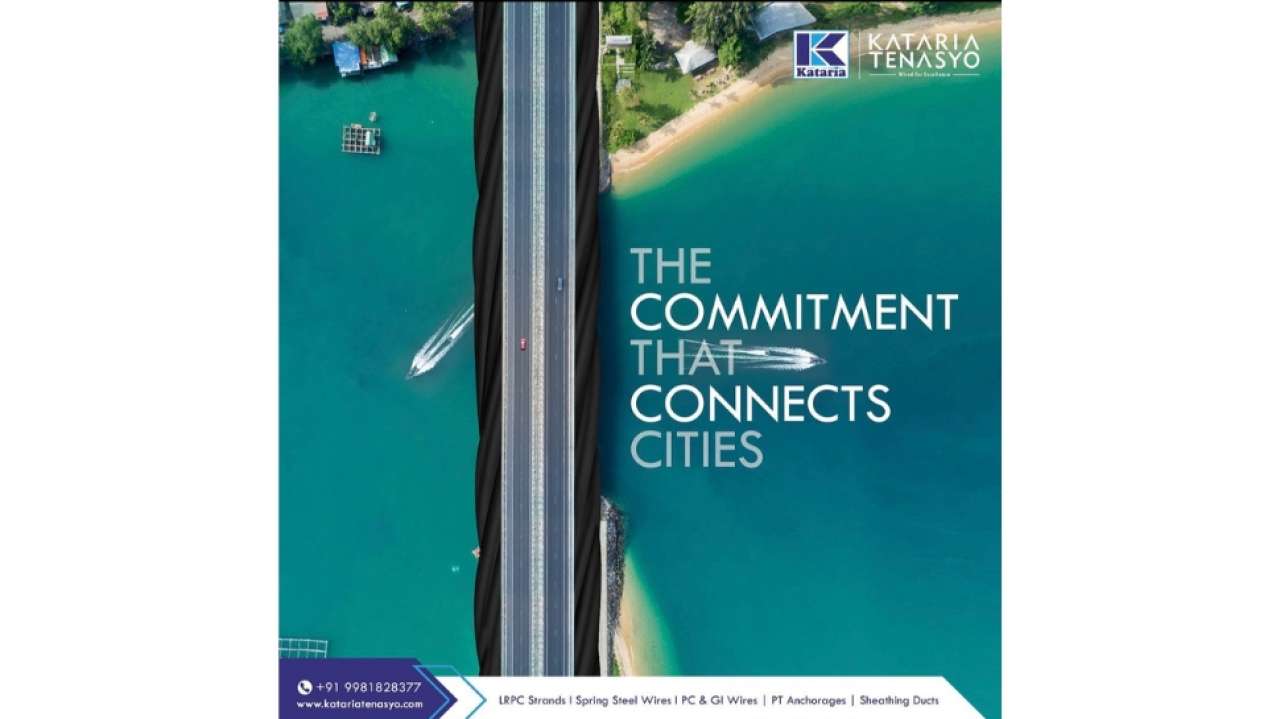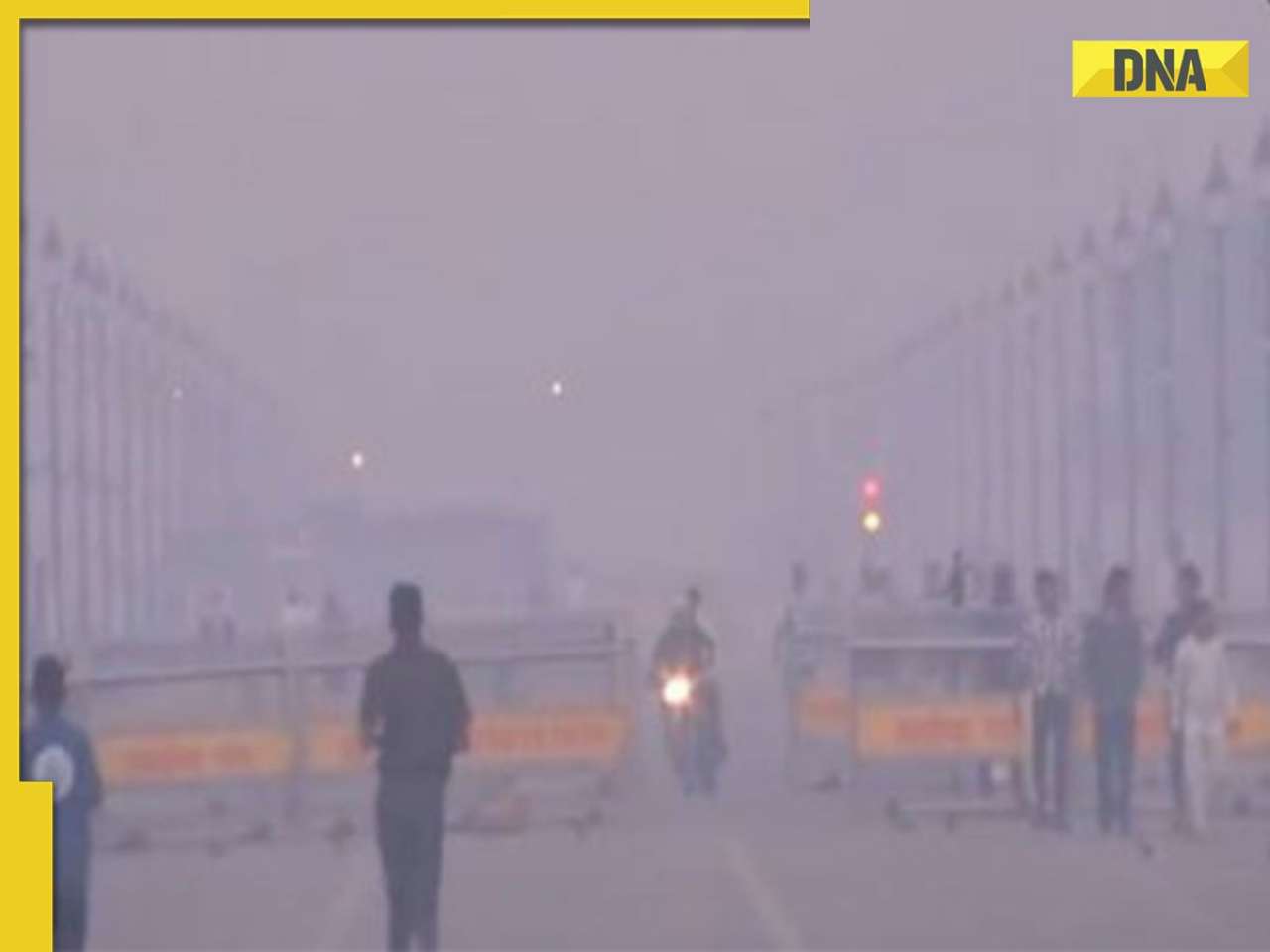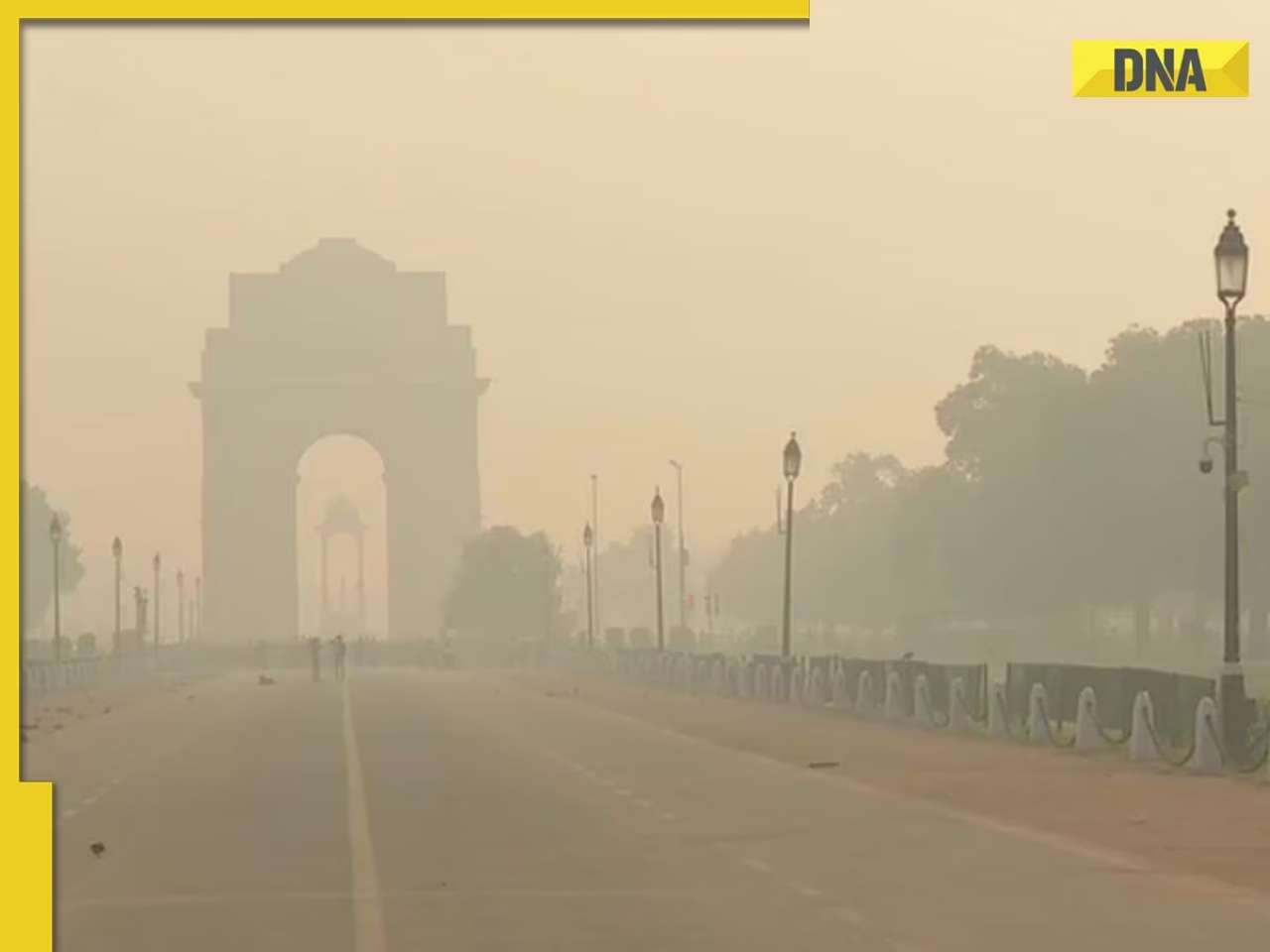- LATEST
- WEBSTORY
- TRENDING
ANALYSIS
From Scandal to Salvation – 25 Years On: Howitzer that silenced Pakistan on mountains of Kargil
On this day in 2024, Prime Minister Narendra Modi will visit Drass, in Ladakh, to commemorate the 25th anniversary of India’s victory in the momentous battle.
TRENDING NOW
Kargil Vijay Diwas is celebrated on July 26 each year. In 2024, it falls on a Friday, marking the 25th anniversary of India’s victory over Pakistan in the Kargil War. Kargil Vijay Diwas is celebrated in the memory of the courage and sacrifices of the Indian soldiers who fought in the Kargil War of 1999. This day remembers the sacrifices made by the soldiers who laid down their lives for the country.
Kargil Vijay Diwas stands as a moment of national pride and gratitude. On this day in 2024, Prime Minister Narendra Modi will visit Drass, in Ladakh, to commemorate the 25th anniversary of India’s victory in the momentous battle. The day also marks the successful completion of ‘Operation Vijay’. During the operation, the Indian armed forces reclaimed areas in Kargil district of Jammu and Kashmir that had been taken over by Pakistani troops and extremists.
Guns that Spelt Controversy
In 1986, India had signed an agreement with Swedish company AB Bofors to buy 400 howitzer guns. The Bofors deal became a major scandal when Swedish Radio reported that bribes were involved. VP Singh made the Bofors scandal a key issue in the 1989 election campaign. That the Rajiv Gandhi government lost the 1989 elections was largely due to this scandal. However, Rajiv Gandhi was later cleared of any wrongdoing in the Bofors case.
For many, Bofors is a symbol of corruption in defence deals, leading to the fall of the government that bought the howitzers for the Indian Army in 1989. Despite the controversy, however, the Bofors guns played a crucial role in India’s victory during the Kargil War 10 years later. How these same guns played a crucial role in the Kargil War, inflicting significant casualties on the Pakistani forces is a textbook case in trumping a rival on the battlefield.
It was the first time that the Bofors guns were used directly in combat, proving their worth on the battlefield. The Bofors guns were the primary howitzers used by the Indian Army in the high altitudes of Kashmir until India acquired M777 howitzers from the US in 2018.
Most of the terrain in the Kargil sector is above 8,000 feet in altitude, which limits the effectiveness of artillery. During the Kargil War, the government allowed only limited use of the air force. Under such challenging conditions, soldiers of the Indian Army—mainly from the Northern Light Infantry regiment—had the difficult task of driving out the Pakistani soldiers.
These soldiers were following a strategic military plan to capture key hilltop positions overlooking routes that connect Siachen and the Kashmir Valley with the rest of India. The Bofors gun, with a range of over 35 km in the high-altitude terrain, was a game-changer in the war. It could fire three rounds in 12 seconds and hit targets at an almost 90-degree angle. This allowed it to operate effectively right under the noses of the Pakistani soldiers occupying the hilltops.
The 155mm FH77 Bofors guns were superior to any medium artillery the Pakistani Army had. This advantage helped the Indian Army dominate exchanges of fire along the LoC until the ceasefire agreement was signed in 2003.
Bofors guns are powered by a Mercedes Benz engine, allowing them to move short distances on their own. During the Kargil War, after firing at enemy targets, these guns would relocate to avoid counter-fire from the Pakistani troops.
Origins of Kargil Vijay Diwas
The origins of Kargil Vijay Diwas go back to the war between India and Pakistan in early-1971, which had led to the creation of Bangladesh which was earlier East Pakistan. After this, the two countries continued to have conflicts—including a battle to control the Siachen Glacier—and set up military posts on the surrounding mountains. Both nations tested nuclear weapons in 1998, increasing tensions even more.
To promote peace and stability, India and Pakistan signed the ‘Lahore Declaration’ in February 1999 to find a peaceful solution to the Kashmir issue. However, Pakistani soldiers and militants continued to cross into the Indian side of the line-of-control (LoC) in Kargil district. They occupied high-altitude positions to cut off the link between Kashmir and Ladakh and create unrest.
The large-scale infiltration was discovered in May 1999, leading the Indian Army to launch ‘Operation Vijay’ which resulted in the Kargil War. This conflict between India and Pakistan took place in Kargil district of Kashmir and along the LoC from May to July 1999. For over two months, fierce battles raged in the challenging mountainous terrains.
The Indian Army, finally, managed to push back the Pakistani intruders and recapture Tiger Hill and other key positions during ‘Operation Vijay’. The Indian soldiers achieved this victory on July 26, 1999, after a three-month conflict. However, the war caused losses on both sides, with the Indian forces losing nearly 490 officers, soldiers and jawans.
Kargil Vijay Diwas 2024
Importance & Festivities: Kargil Vijay Diwas is a powerful symbol of national unity and patriotism. The Kargil War united people from all over India in their support for the armed forces. This collective spirit of resilience and solidarity is celebrated on Kargil Vijay Diwas, fostering a sense of national pride among citizens.
The stories of bravery and heroism from the war inspired future generations, instilling in them a sense of duty and dedication to the nation. Kargil Vijay Diwas ensures that their sacrifices are not forgotten, serving as a tribute to the heroes who defended the nation’s sovereignty. Commemorative events and ceremonies will be held across the country to honour the bravery and sacrifice of the Indian soldiers. These events include various rituals, educational activities and memorial services.
Kargil Vijay Diwas keeps the memory of the conflict alive, ensuring that the legacy of this day continues to resonate in the hearts of every Indian. It fosters, and reinforces, the values of courage, unity and patriotism.
(The author of this article is a Defence, Aerospace & Political Analyst based in Bengaluru. He is also Director of ADD Engineering Components, India, Pvt. Ltd, a subsidiary of ADD Engineering GmbH, Germany. You can reach him at: girishlinganna@gmail.com)
(Disclaimer: The views expressed above are the author's own and do not reflect those of DNA.)


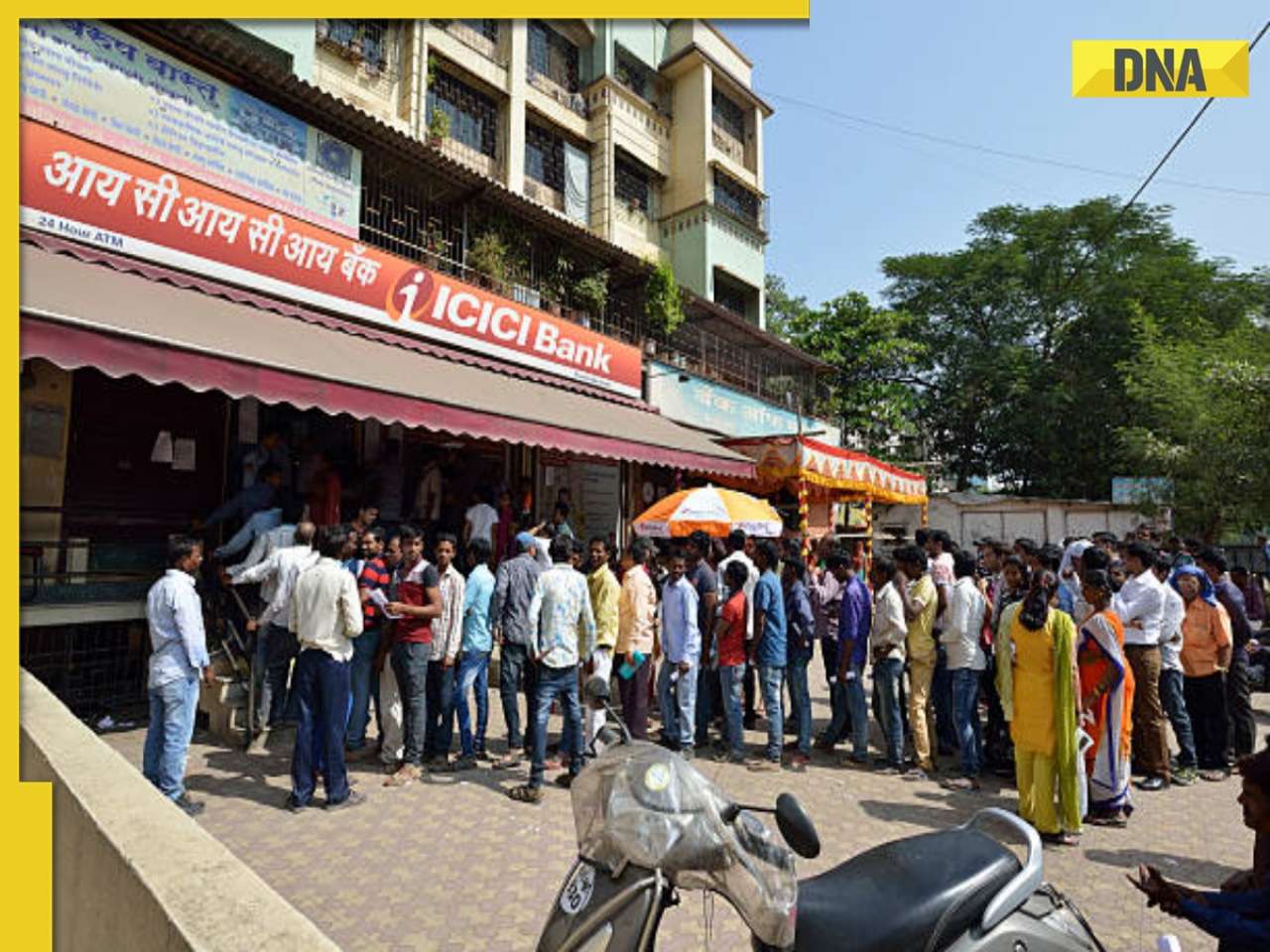




)
)
)
)
)
)
)
)
)
)
)
)
)
)
)
)






